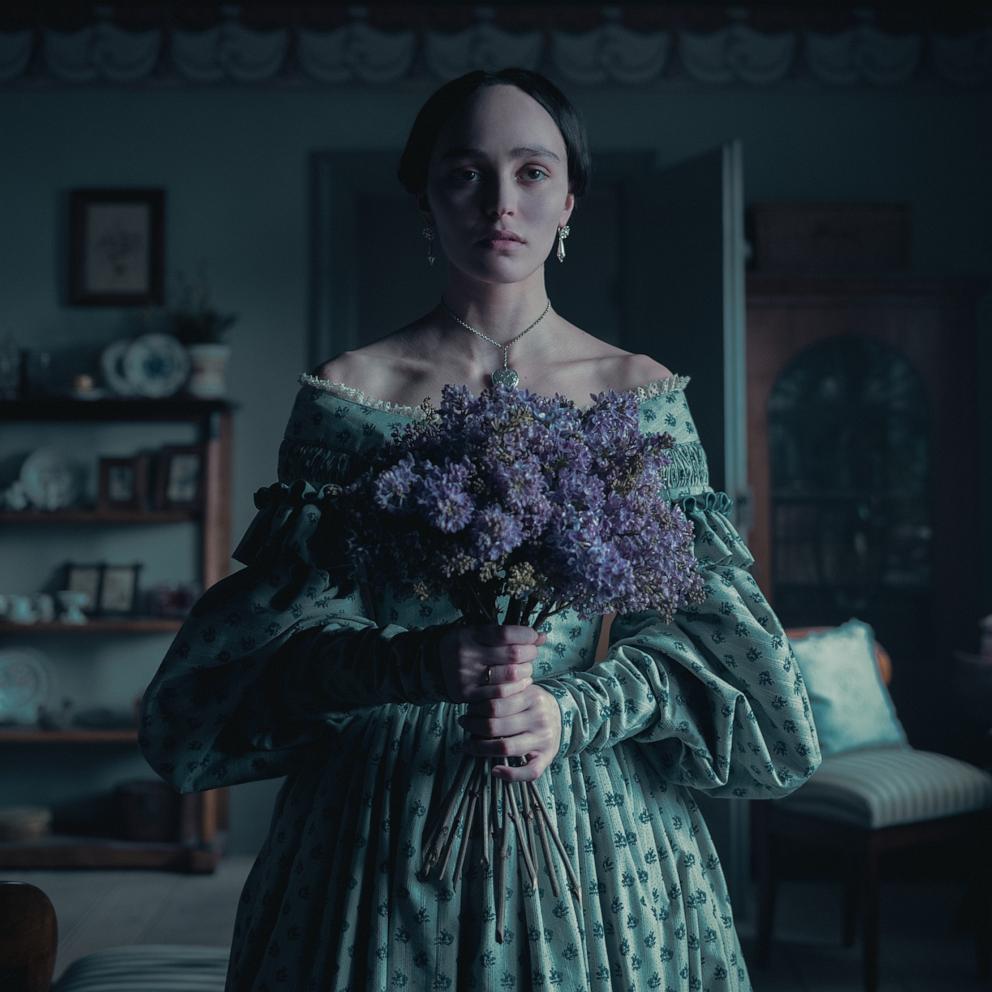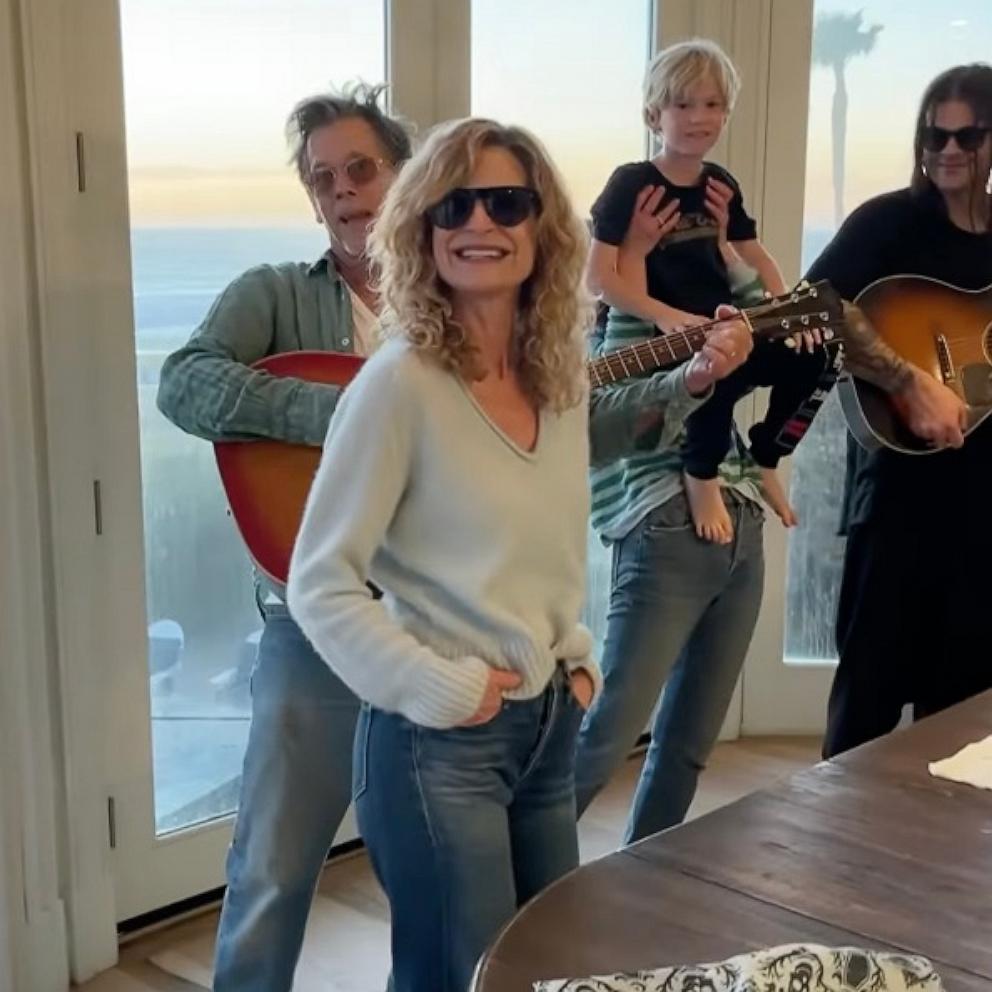Supermodels Recall Lives of Sex, Drugs, and Fear of Aging
July 30, 2012— -- Start with beautiful women. Supermodels, in fact. Ask them to tell the camera about their youth -- sex, drugs, a little rock and roll, all-night parties with Andy Warhol and Salvador Dali, photo shoots with Richard Avedon, dancing and snorting cocaine until the wee hours at New York City's Studio 54. Be prepared for some razor-sharp answers -- pro and con -- on the subject of plastic surgery and aging.
Along the way, the models of mixed race may recall what it was like having angry mobs try to turn over your bus while you traveled through the Deep South. And a fashion editor may admit that, yes, we knew some of the models were shooting heroin because we noticed the tracks on their arms -- but we did nothing.
Mix it all together and you have photographer-filmmaker Timothy Greenfield-Sanders' "About Face: Supermodels Then and Now," an elegant romp, laden with tidbits of social history, through the fashion world of the last 60 years. The story is told by Christie Brinkley, Jerry Hall, Beverly Johnson, Carmen Dell-Orefice, Isabella Rossellini, Paulina Porizkova and other equally stunning women who don't hesitate to speak their minds.
"About Face," which airs on HBO tonight, started at a party that Greenfield-Sanders attended three years ago. A party he hadn't planned to attend, in fact, but a friend convinced him he should put in an appearance. Harry King, the '70s hair stylist, and Nancy Donahue, a supermodel who'd graced the covers of Vogue and Harper's Bazaar, were hosting it for Facebook friends.
"I was dragged to the party," Greenfield-Sanders, whose portraits hang in the Metropolitan Museum of Art and the National Portrait Gallery, told ABC News. "I double parked my car. [But] I walked in, and the room was filled with beautiful women. This was definitely a photograph, I thought, maybe more. I started talking to these women, and I was so impressed with them it made me think there was something more to it."
Greenfield-Sanders, whose previous films include "The Black List," "The Latino List" and "Lou Reed: Rock and Roll Heart," is not a fashion photographer, nor is it particularly one of his interests.
"I'm interested in race, achievement, confidence," he said, and he naturally gravitates to strong women. "My wife is a feminist and I have two daughters who are very strong and independent." The film, though was a way of looking at aging -- a sensitive issue for women whose success may depend on their aura of youth. "I deal with it, I think about it, and [these women] are a group who had a heightened experience. Their lives are about being beautiful."
Carmen Dell 'Orefice, 81 and still striking, opens and closes the film. She alludes to the self-image problem many supermodels, surprisingly, faced until the camera validated their often unusual beauty. When Dell 'Orefice was young, her mother, she tells us, told her she had "feet like coffins" and "ears like sedan doors." She's been modeling for 65 years, and when she started out, if you told someone you were a model, well, they would naturally assume you were a hooker.
Isabella Rossellini says that when she started modeling it wasn't a career, it was more about having a little spending money. She questions the idea of women having plastic surgery: Is it the new feet binding? Misogyny? Dell 'Orefice is matter-of-fact on the topic: If you had the ceiling falling down in your living room, would you not have it repaired?



